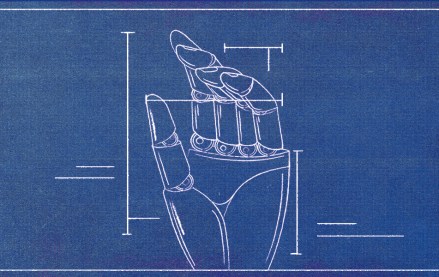
 Digiday is running a series of video interviews with agency leaders on how to build the modern agency. The series is made possible through the sponsorship of Videology, a video advertising platform.
Digiday is running a series of video interviews with agency leaders on how to build the modern agency. The series is made possible through the sponsorship of Videology, a video advertising platform.
Aaron Shapiro, the CEO of digital agency Huge, believes that brands have to start think of their audience in the many ways people touch them in digital channels. Huge, a 480-person agency in Brooklyn, bets on user experience over communications as the bedrock of its approach.
“So much of a brand today is how you interact with it online,” he said.
In Shapiro’s view, traditional agencies will struggle to attract the kind of tech talent that digital agencies do. This is as a result of the cultures in traditional agencies, which, Shapiro believes, are inhospitable to talented tech-minded people.
“Our office in Brooklyn looks very much like a Silicon Valley startup and embraces an innovation ethos,” Shapiro said. “It’s very different from being in one of these giant glass towers in Midtown with a cube farm where the television creative is still king.
Watch the full interview below. See previous installments in this series with Videology CEO Scott Ferber and Publicis Modem CEO Jean-Philippe Maheu. Next week we will speak with AKQA chief creative officer Rei Inamoto.
More in Marketing

Agencies create specialist units to help marketers’ solve for AI search gatekeepers
Wpromote, Kepler and Jellyfish practices aim to illuminate impact of black box LLMs’ understanding of brands search and social efforts.

What AI startup Cluely gets — and ad tech forgets — about attention
Cluely launched a narrative before it launched a tool. And somehow, it’s working.

Ad Tech Briefing: Start-ups are now table stakes for the future of ad tech
Scaled ad tech companies need to maintain relationships with startups, when the sector is experiencing ongoing disruption due to AI.





